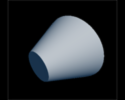- explains an O(n) algorithm that calculates 2D distance fields by operating on rows and treating samples as overlapping quadratic parabolas
- shows ideas to visualize distance fields, generate tiling noise and some use-cases of distance field functions
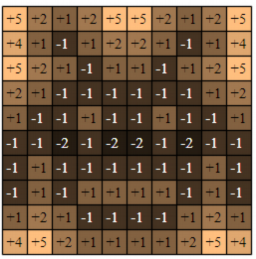
- slides from XDC (X.Org Developer’s Conference)
- Vulkan timeline semaphores
- allow increasing a 64-bit value on signal and wait on “greater than” a target value
- unified system for CPU and GPU waits
- look at how to implement them in the drivers
- many more talks about OS-level graphic topics

- compute shader based adaptive GPU tessellation technique using Mesh Shaders on Turing
- up to ~25% rendering time reduction at high tesselation rates
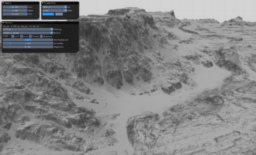
- explains the Vulkan ray-tracing extension
- contains an overview of the ray tracing pipeline, the new shader types and how to interact with the API
- shows how to generate the acceleration structure, update and compact it as required
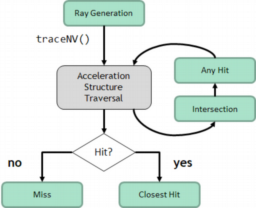
- explains the mathematical foundation behind deep composition that allows compositing of volumetric effects such as fog

- walkthrough of the steps required to render the Moana scene in the authors custom path tracer
- uses a binning scheme on rays combined with on-demand geometry loading to be able to render the scene on a 32 GB RAM machine
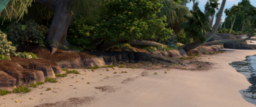
- discusses a change to the SDL render back-end that will batch CPU rendering commands to reduce the number of draw calls required
- this will improve performance significantly
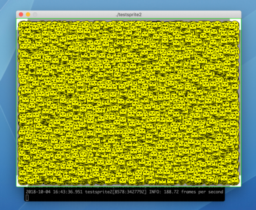
- next part of the series on gfx-hal usage (low-level graphics API for Rust)
- adds support for loading and using vertex buffers
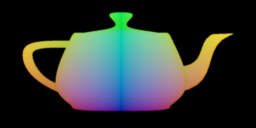
- explains a water ripple system implementation that uses a top-down projection of ripples onto the water surface in a separate rendering pass
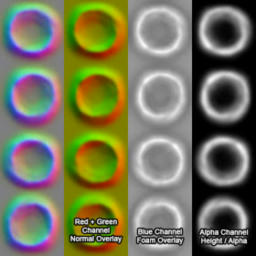
If you are enjoying the series and getting value from it, please consider supporting this blog.
Support this blog